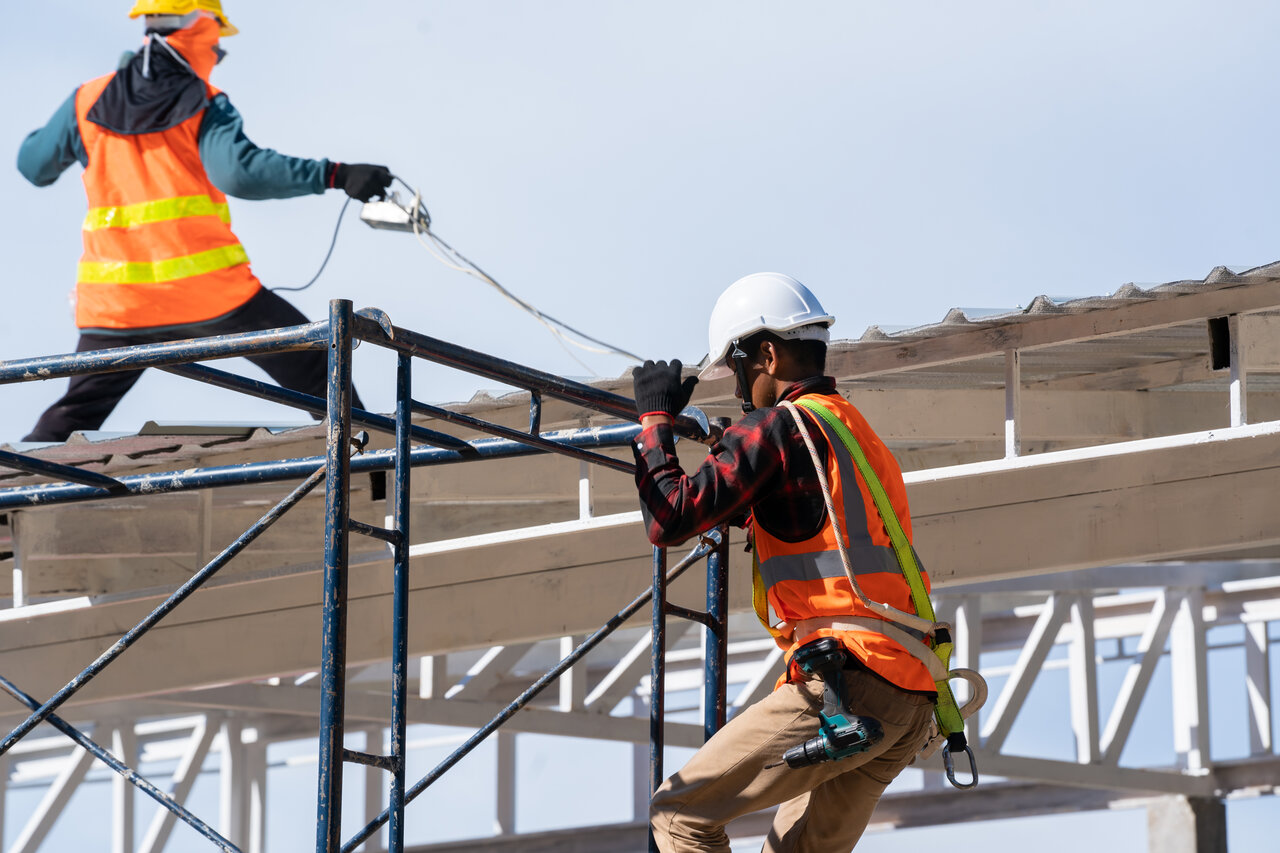Workplace emergencies can arise unexpectedly in the construction industry, threatening the safety of workers and the integrity of projects if not managed effectively. Prompt, decisive action is critical to minimising potential damage and ensuring the well-being of all on-site. Equip yourself and your team with the knowledge to navigate these high-pressure situations by mastering our top tips for handling workplace emergencies in UK construction sites.
In this informative article, we will explore ten essential tips that empower construction workers and supervisors to face emergencies confidently and efficiently. These invaluable pointers will cover key aspects of emergency response, such as effective communication, practical training, and swift decision-making, ultimately improving the site’s safety and reducing the risk of injuries. By embracing these expert insights, you can create a safer, more prepared work environment for your entire construction team.
1. Establish a Comprehensive Emergency Action Plan
A well-prepared Emergency Action Plan (EAP) is the foundation for effective emergency response. The EAP should outline clear steps and procedures to follow in various emergency scenarios, including fires, injuries, and medical emergencies. Key elements to include are:
– Procedures for reporting emergencies
– Evacuation routes and assembly points
– Individual responsibilities (e.g. fire wardens, first aiders)
– Access to emergency equipment and resources
– Contact details for emergency services and key personnel
Ensure that the EAP is easily accessible to all employees and is reviewed and updated regularly to account for changes in personnel, site layout or identified risks.
2. Implement Regular Training and Drills
Effective emergency response relies on team members knowing their roles and performing their duties efficiently. By providing regular emergency response training, everyone on site will be equipped with the necessary knowledge and skills to respond promptly and appropriately. This can include:
– Basic first aid courses
– Fire awareness and extinguisher training
– Evacuation drills
– Communication system training
Regular practice drills help to build confidence and identify any weaknesses or gaps in your emergency preparedness, allowing for necessary improvements.
3. Maintain Clear Communication Channels
When an emergency occurs, clear and timely communication is essential to minimise confusion and ensure safety. Establish a communication system that can inform all employees, contractors and site visitors of an emergency as quickly as possible. This may include:
– Alarms or sirens to signal different types of emergencies
– Emergency radios or intercom systems for direct communication
– A designated chain of command for relaying information and instructions
Maintain and test communication equipment regularly to ensure its functionality during emergencies.
4. Encourage On-Site Hazard Reporting
Empowering workers to report hazards and potential emergencies early can help prevent incidents from escalating. Create an open, non-punitive culture where employees feel comfortable addressing their concerns. Provide workers with hazard reporting tools and systems, such as an anonymous reporting hotline or hazard logbook.
Regularly review reported hazards, assess the risks, and take necessary control measures to ensure a safe working environment. By being proactive in addressing issues, your team will be better prepared when an emergency does occur.
5. Designate Emergency Response Coordinators
Assigning emergency response coordinators for each shift can help facilitate quick and efficient decision-making during an emergency. These individuals should be trained in first aid, evacuation procedures, emergency communication systems, and other site-specific roles.
Ensure that all staff know the designated emergency coordinators and their roles and responsibilities to facilitate a seamless and coordinated response in times of crisis.
6. Supply and Maintain Adequate Emergency Equipment
Having the right equipment available can make all the difference during an emergency. Ensure your site is equipped with:
– First-aid kits
– Firefighting equipment, such as fire extinguishers and fire blankets
– Spill containment materials for hazardous substances
– Emergency communication and lighting devices
Regularly inspect and maintain this equipment to guarantee its readiness when needed.
7. Clearly Signage Evacuation Routes and Assembly Points
Visible, well-marked evacuation routes and assembly points help evacuate the construction site quickly and orderly during an emergency. Regularly review and update evacuation maps and signage as the site’s layout changes, and post these in prominent locations throughout the site. Additionally, ensure proper illumination is provided for signage in case of emergencies during low-light conditions.
8. Establish a System for Accounting for Personnel
In the chaos of an emergency, it can be challenging to determine if everyone has safely evacuated. Develop a system for accounting for personnel during and after an emergency evacuation. This may include:
– Maintaining a daily attendance log
– Assigning responsibility to supervisors for tracking their team members during emergencies
– Designating someone to record attendance at the assembly point
This information will help first responders identify and locate any missing individuals as quickly as possible.
9. Build Strong Relationships with Local Emergency Services
Collaborating with local emergency services, such as the fire brigade, police, and ambulance services, can significantly benefit your site’s emergency preparedness. By developing a positive relationship with these external agencies, they can provide valuable input on your emergency procedures, offer site-specific training, and become familiar with your site layout, which can greatly improve their response in an actual emergency.
10. Review and Evolve Your Emergency Preparedness
Constantly assess and refine your workplace emergency preparedness to ensure its effectiveness. Conduct post-drill and post-incident evaluations to identify areas for improvement and implement necessary changes. Remember that emergency preparedness is an ongoing process and requires continuous attention to keep your construction site as safe and secure as possible.
Secure Your Construction Site with Expert Emergency Preparedness
Effective workplace emergency management in the construction industry is a team effort that requires diligent planning, clear communication, proper training, and proactive collaboration with external agencies. By following our top tips for handling workplace emergencies, you can create a well-prepared and safe environment for your construction site, ready to face any challenges that may arise.
Are you looking to enhance your team’s emergency response capabilities? Explore CR Training’s range of health & safety training in Edinburgh, including training in first aid, fire safety, and other site-specific courses designed to meet the unique needs of the construction industry. Invest in the safety of your workforce by staying ahead of potential dangers, ensuring a more secure, prosperous, and successful construction project.




